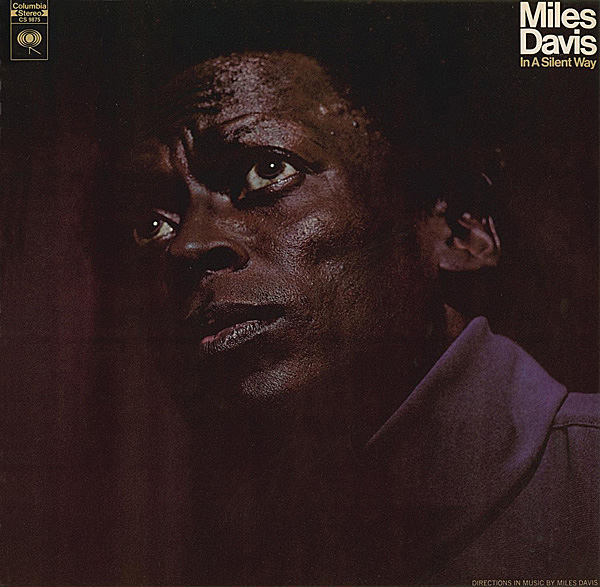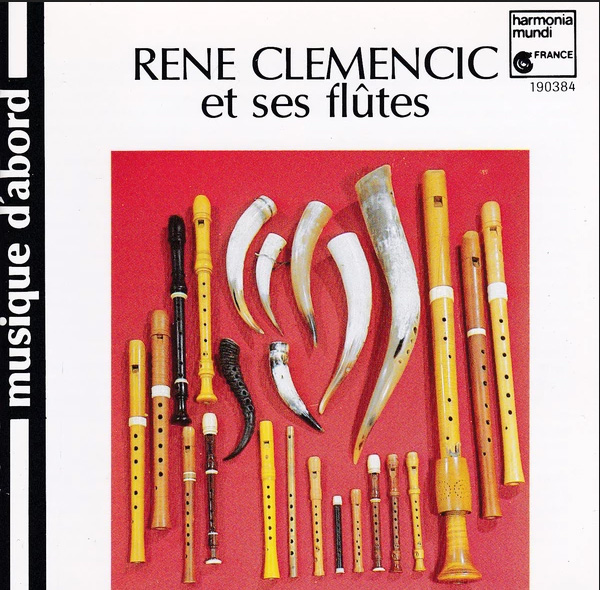| Columns Retired Columns & Blogs |
With the importance of proper set-up, it's surprising how little reporting is done on the techniques involved. This piece is lonnnnnnng over-due, nice work !
You might also report on Phono cartridge's Life Span and how to listen for a deteriorating suspension .
Audiophiles, I've professionally encountered, seem to consider Phono Cartridge Set-up needing the steady hands & vision of a Watchmaker. Considering the cost of high quality Cartridges today, the process might better be left in the hands of someone with considerable history and experience . ( Analog reviewers do $10,000 phono carts like they're disposable desk drawer clutter -- which they turn into when they fail )
So ? where are the jeweller skilled cartridge repair people and why aren't they ever mentioned ?? ( they are out there )
Then again, cartridge set-up probably isn't anywhere-near as important as it once was to audiophiles who now seem to be record collectors of all the latest re-issues in triplicate.
We at Esoteric Audio had a dual trace Tektronix Scope ( mostly for showy BS purposes ) thanks for not recommending that sort of trickery.
Tony in Florida















































